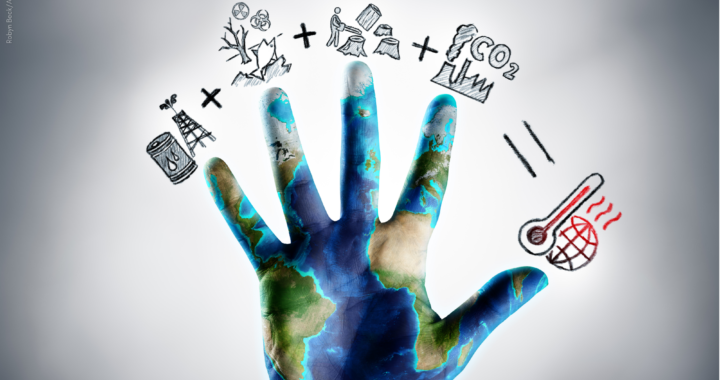Climate change is no longer a distant issue—it’s here, and it’s impacting every corner of the globe. We’re seeing more intense storms, rising sea levels, and unpredictable weather patterns that affect everything from agriculture to infrastructure. But what does it mean to build climate resilience? And how is the United Nations leading the global response? Let’s break it down.
When we talk about resilience, think of it like building a strong house that can withstand a storm. It’s not just about surviving the immediate impact, but about being able to bounce back quickly and minimize damage. For countries, this means strengthening systems like healthcare, agriculture, and energy, so they’re not wiped out by extreme weather events. The goal is to adapt and thrive, even in a changing climate.
The UN has been at the forefront of this effort. Through initiatives like the Paris Agreement, countries are coming together to reduce emissions, but that’s only part of the picture. Climate resilience is the other half—helping vulnerable communities prepare for the changes that are already happening. Think of it as a global safety net, ensuring that the most affected regions aren’t left behind.
For businesses, climate resilience isn’t just a buzzword; it’s a necessity. As supply chains are disrupted by natural disasters, companies need to rethink how they operate. The UN is working closely with businesses to promote sustainability and risk management strategies. It’s like preparing for the worst while still aiming for growth—a smart move that pays off in the long run.
The global response isn’t just about government policies and big corporations; it’s about you and me. The UN emphasizes the importance of local communities taking action. Whether it’s farmers in Africa adopting new water-saving technologies or coastal cities in Asia building flood defenses, these small, localized efforts are the backbone of climate resilience.
In short, building climate resilience is like preparing for a marathon, not a sprint. It’s about long-term planning, global cooperation, and making sure we all have the tools to face the challenges ahead. The UN’s role in coordinating these efforts is crucial, but it’s up to every nation, business, and individual to play their part.
Together, we can weather the storm and build a future where we not only survive but thrive in a changing climate.

